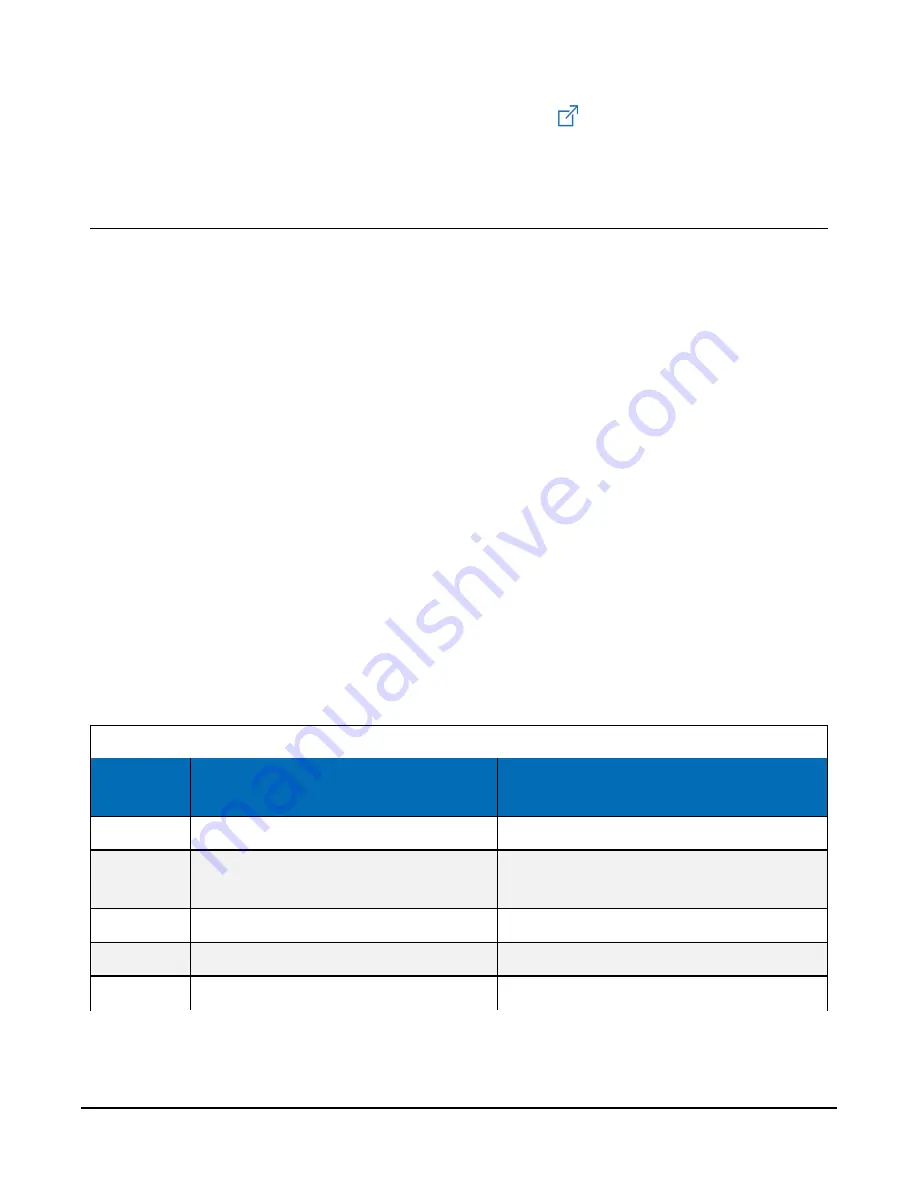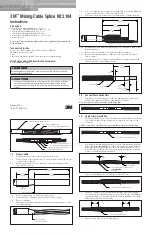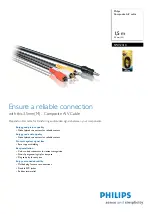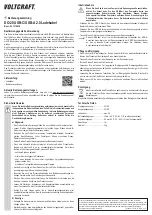
related
LoggerNet
Help
,
data
logger
manual,
or
the
slow
sequence
program
at
/downloads/cs225-example-programs
.
8.
Operation
8.1 Sensor measurements
The CS225 responds to the SDI-12 commands shown in
(p. 11). When power is supplied
to the CS225, the internal electronics continuously measure temperature at a rate of
approximately once per second. Every output measurement (
aR0!
or
aM0!
) obtained from the
sensor is a running average of 10 consecutive readings. The accuracy specification is based on an
average of 10 consecutive readings. Therefore, after initial power up, a delay of 10 s is
recommended to obtain the best accuracy.
As the sensor is obtaining a measurement every second, Campbell Scientific recommends using
the continuous measurement command (
aR0!
) to obtain the temperature readings. Using the
aR0!
commands reduces the time taken in comparison to the
aM0!
to obtain a reading via the
SDI-12 protocol.
Outputs of both lifetime and user resettable minimum and maximum temperatures are also
available during powered operation from each temperature point in the CS225. The user-
resettable minimum and maximum temperatures can be used to monitor specific seasons or
periods of measure, without having to review the entire data set. The lifetime minimum and
maximum temperatures are used for maintenance and warranty records. The lifetime and user-
resettable minimum and maximum temperature values are single 1-second readings.
Table 8-1: SDI-12 commands
SDI-12
command
Variable name
Description
aR0!
Temperature value
Temperature – floating point (°C)
aR1!
Serial number, location number, depth
value (in cm)
Serial number, location number, depth
value (in cm)
aR2!
Read user resettable min temperature Min. temperature – floating point (°C)
aR3!
Read user resettable max temperature Max. temperature – floating point (°C)
aR4!
Read lifetime min temperature
Min. temperature – floating point (°C)
CS225 Temperature String
11
















































